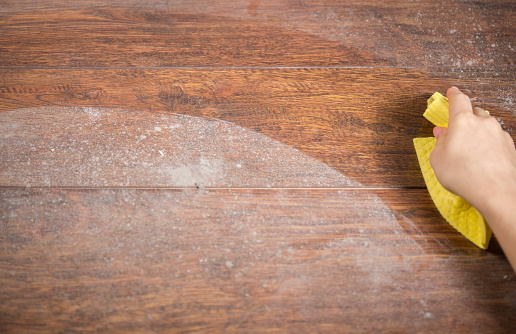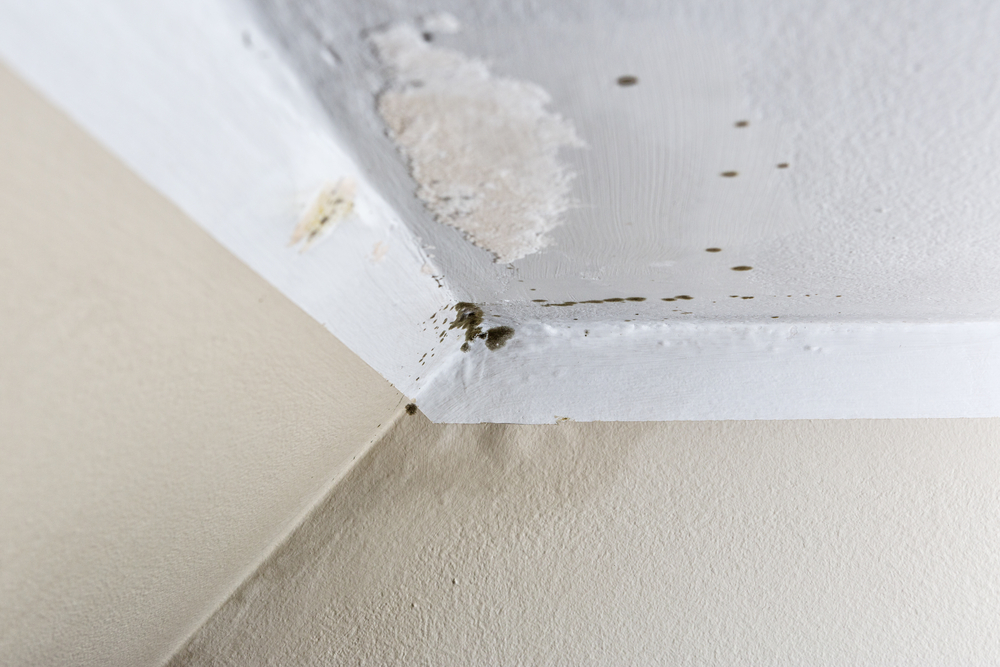The main cause of mold growth is not so much the amount of moisture in the air as the moisture on the surface of the material on which it is deposited.
If the humidity is kept at 80% for a few days, mold spores will develop fungus and spread.
The spore reserves are initially sufficient to sustain the young fungus for some time. However, it must quickly discover new food sources.
Because it is unable to take up the nutrients in its growth medium directly into the cells, the fungus, on the other hand, excretes digestive enzymes that dissolve the substrate on which it grows, to convert it into assimilable elements whenever possible.
However, even a little dirt from a non-edible surface, such as from household dust or the nicotine or tar in cigarettes, is enough for these fungal mycelia to meet their basic nutritional needs.
Some fungal species are limited by extremely alkaline building materials, such as raw concrete, cement mortar, anhydrite (anhydrous calcium sulfate) or lime.
Mold thrives in a moist environment, and when the moisture level is below 65% (on material surfaces), it dehydrates the mold and kills it.
However, this does not indicate that they are destroyed: even if the fungus is dead, its spores survive.
The survival of the mold is assured until the return of the next wet period, it endures thanks to these forms of resistance in difficult times.
Fungi change to adapt to their environment.
Mold is composed of many different types of fungi.
A bathroom, for example, may include species that thrive in high humidity but can withstand significant fluctuations in humidity over the course of a day.
As conditions change, so does the composition of fungal species.
Typical localizations
Going back to the example of condensation forming on the can or bottle of mineral water or beer removed from the refrigerator, it is obvious that the most vulnerable places for mold formation are those with cold walls and a high degree of humidity.
The inside of the walls of the outer perimeter of the property is often home to fungus. The bathroom and kitchen are the most damaged rooms.
Even bedrooms are not immune, as they are often colder and significant and continuous moisture is emitted throughout the night due to occupants breathing and sweating.
Ground floor apartments are often more vulnerable than those on upper levels, as they are also more susceptible to rising damp from the ground.
Mold is more likely to spread to the west and northwest parts of the house, which are cooler and more exposed to rain.












Mold either grows or dies - it's all about the humidity